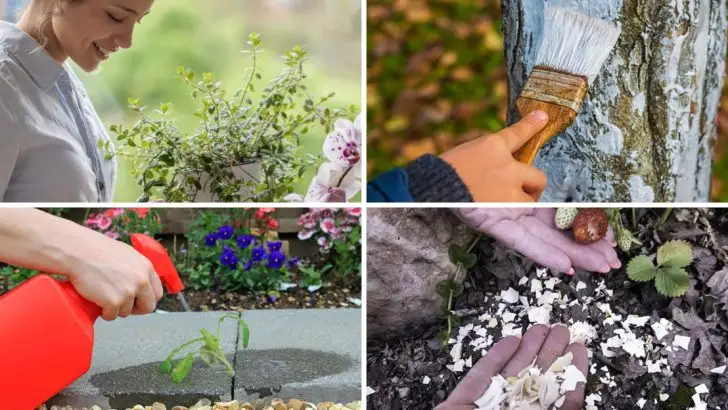It’s kind of wild how many gardening “truths” trace back to clever marketing instead of actual research. Over the years, companies have sold products with big promises—better blooms, pest-free plants, miracle growth—and somehow their sales pitch turned into common advice. And once something’s been said enough times, it’s easy to assume it’s fact.
But science doesn’t really care how catchy a slogan is. When researchers and experienced gardeners put these claims to the test, a lot of them fall apart. Some are harmless, sure, but others can lead to wasted money, stressed-out plants, or just a whole lot of unnecessary effort. Here’s a look at some of the biggest myths that started on the back of a label—and what actually works instead.
Myth 1: Coffee Grounds as Miracle Fertilizer
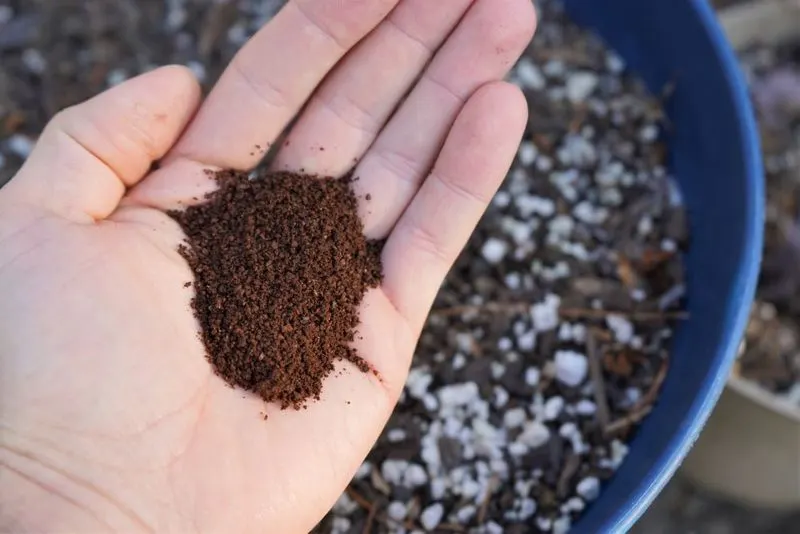
Have you ever thought of coffee grounds as the elixir for your plants? Many gardeners sprinkle them around their gardens, hoping to boost plant growth. However, while coffee grounds can enrich soil with nitrogen, too much can be detrimental. In fact, they may even inhibit plant growth due to their acidity.
So, what’s the truth? Science suggests adding coffee grounds sparingly or composting them with other organic materials. This helps balance the acidity and ensures that your plants get the nutrients they need without the unwanted side effects.
Myth 2: Eggshells Deter Slugs
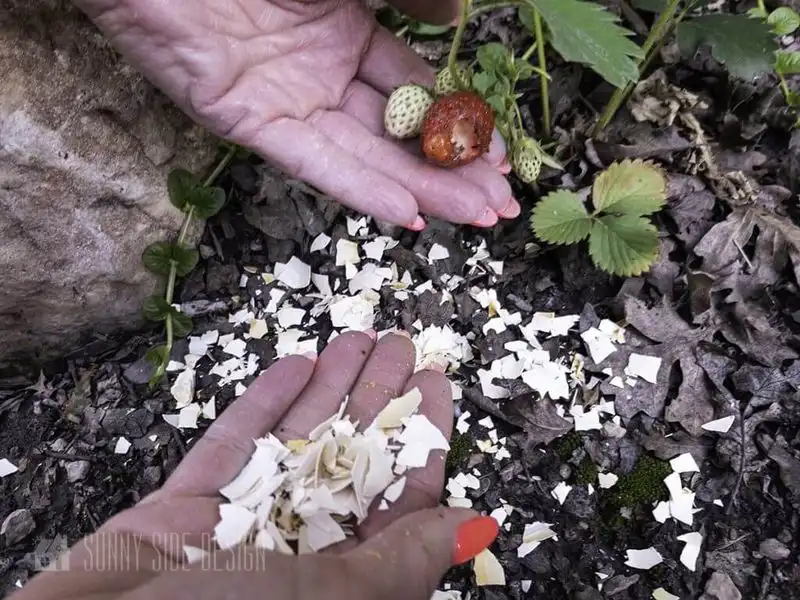
Crushed eggshells are often touted as the perfect slug deterrent. The sharp edges are said to repel these slimy garden invaders. But does it really work? Unfortunately, science doesn’t back this up. Slugs are not significantly deterred by eggshells.
Instead, they merrily slide over them. A more effective method is to encourage natural predators like birds or use copper tape as a barrier. These solutions provide a more reliable shield against slugs, keeping your garden safe from these relentless munchers.
Myth 3: Talking to Plants Helps Them Grow

Whispering sweet nothings to your plants is a charming image, but does it really make them flourish? The idea that plants grow better when spoken to was popularized by marketers decades ago. While plants do respond to certain sound frequencies, there’s little evidence that human speech makes a notable difference.
What truly benefits plants is good care: proper watering, sunlight, and soil conditions. So, while chatting with your leafy friends can be therapeutic for you, focus on providing the right environment for them to thrive.
Myth 4: Beer Traps for Snails

The concept of using beer to trap snails is a popular one. It’s believed that the yeast attracts these pests, leading them to a fizzy demise. But is this method truly effective? While beer traps do catch some snails, they don’t control the population effectively.
In fact, they may attract more snails to the area. A more sustainable approach involves using traps made of grapefruit halves or promoting natural predators. These methods provide a balanced way to keep snail populations in check.
Myth 5: Adding Sand to Clay Soil Improves Drainage
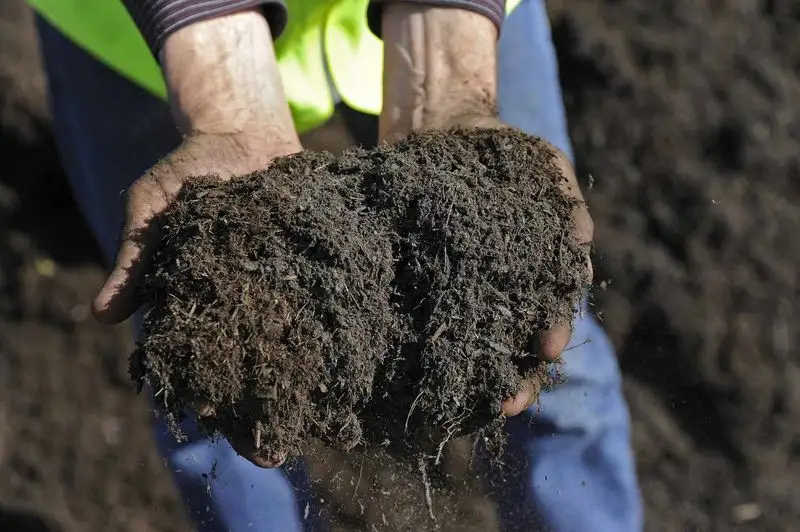
Mixing sand into clay soil is often recommended to improve drainage. However, this can actually create a cement-like mixture, worsening the problem. Instead of improving drainage, it might compact the soil further.
The scientific approach involves incorporating organic matter like compost or well-rotted manure. This improves soil structure and drainage without the risk of turning your garden into a brick-like landscape. Embrace organic solutions for healthier, more manageable soil.
Myth 6: Boiling Water Kills Weeds

Boiling water has been touted as a natural weed killer. The heat can indeed kill the weeds’ above-ground parts, but it often leaves the roots unscathed. Consequently, the weeds can quickly regrow.
For a more permanent solution, consider mulching or using a targeted herbicide. These methods tackle weeds at their roots, ensuring they don’t return as unwelcome guests. Embrace these efficient techniques for a weed-free garden.
Myth 7: Epsom Salt for All Plants

Epsom salt has been marketed as a cure-all for plant ailments, from yellowing leaves to poor blooms. While it can provide magnesium and sulfur, not all plants need these nutrients in excess.
Overuse may lead to nutrient imbalances, harming rather than helping. It’s best to understand the specific needs of your plants and conduct a soil test before application. This ensures you’re giving your garden the right care without unnecessary additives.
Myth 8: Painting Tree Wounds Protects Them
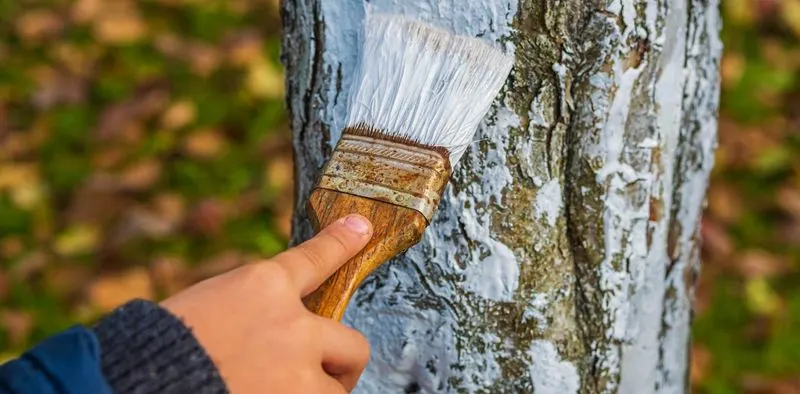
For years, painting tree wounds was believed to protect against pests and diseases. However, research shows that wound paints can trap moisture and pathogens, harming the tree.
Modern arboriculture recommends allowing trees to heal naturally. Trees have evolved to seal wounds with their own protective barriers. Let nature take its course for healthier trees and a flourishing landscape.
Myth 9: Gravel at the Bottom of Pots Improves Drainage

Adding gravel to the bottom of pots is a common practice believed to enhance drainage. However, this can create a perched water table, holding water in the soil above the gravel.
Instead, focus on using well-draining soil mixes and ensuring proper pot drainage holes. These measures prevent waterlogging and support healthy root growth. Embrace these practical tips for better potted plant care.
Myth 10: Banana Peels as Fertilizer
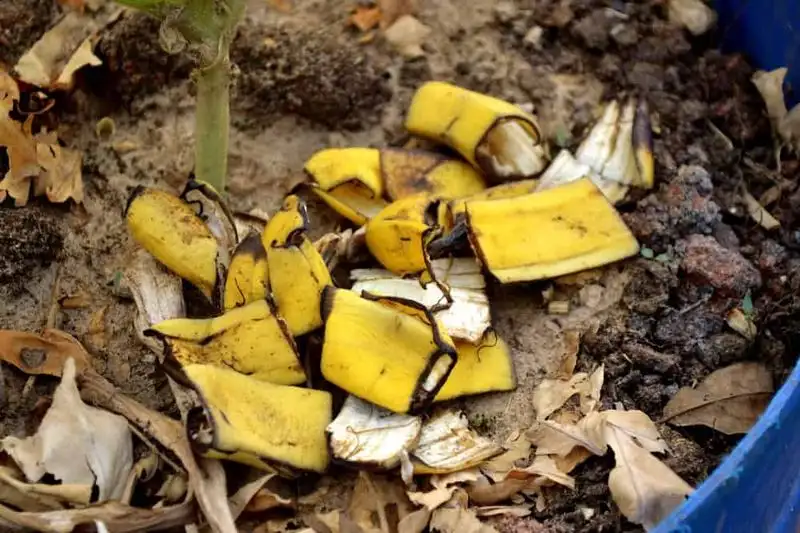
Banana peels are often promoted as a natural fertilizer rich in potassium. While they do contain nutrients, they decompose slowly and may not provide immediate benefits.
Composting banana peels with other organic matter is a more effective approach, enriching your soil over time. This method ensures a balanced nutrient supply for your plants, fostering a thriving garden environment.
Myth 11: Vinegar for Pest Control
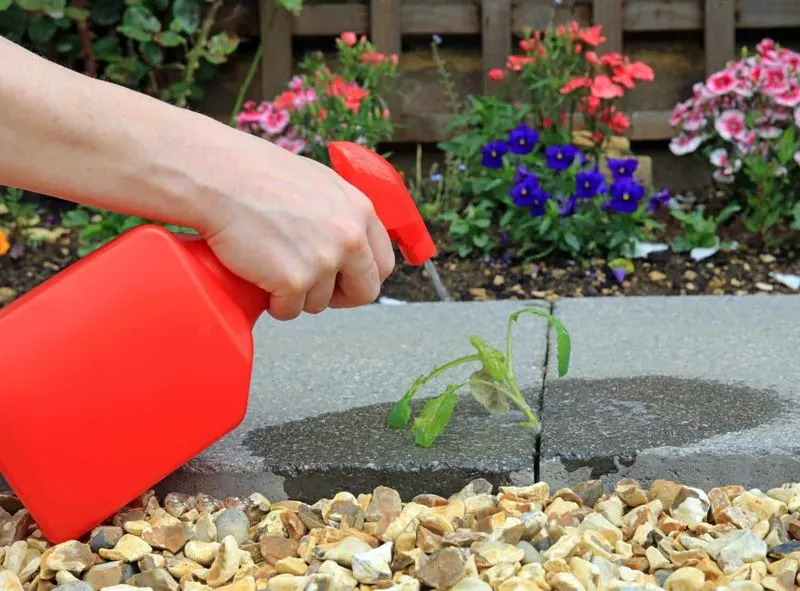
Vinegar is often used as a natural pest deterrent. While it can repel certain insects, it also harms beneficial ones and can damage plant tissues if not used carefully.
Opt for integrated pest management practices, which promote natural predators and careful monitoring. These strategies ensure a balanced approach to pest control, protecting your garden without unwanted side effects.
Myth 12: Milk Sprays for Plant Fungal Diseases

Milk sprays are sometimes recommended for combating fungal diseases on plants. While milk has antifungal properties, it’s not a foolproof remedy and can attract other issues, like mildew.
Instead, consider using horticultural oils or fungicides specifically designed for plant health. These offer targeted and effective solutions for managing plant diseases, ensuring your garden remains healthy and productive.
Myth 13: Human Hair as Deer Repellent
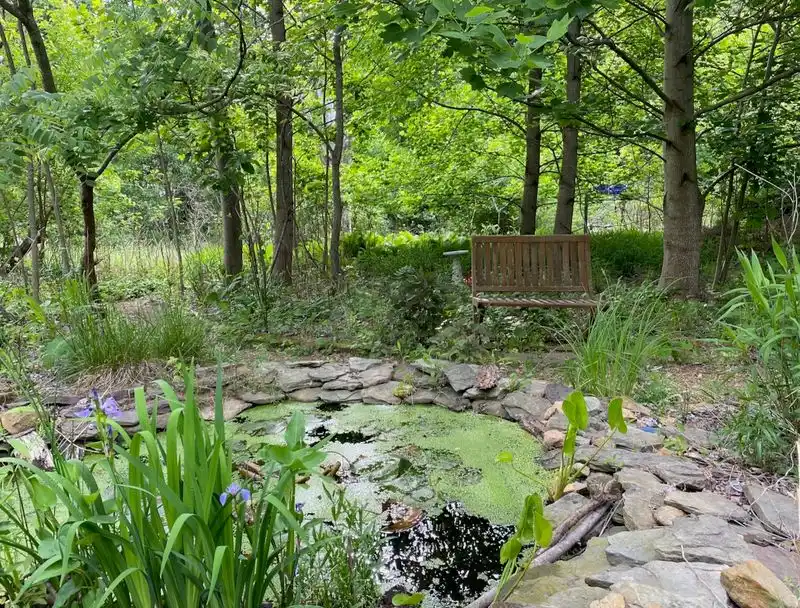
Human hair is believed to repel deer due to its scent. However, studies show that deer quickly acclimate to the smell and continue to browse.
For more dependable results, try using physical barriers or commercial repellents. These methods offer a stronger deterrent, keeping your garden safe from nibbling wildlife. Protect your plants with effective strategies that truly work.

